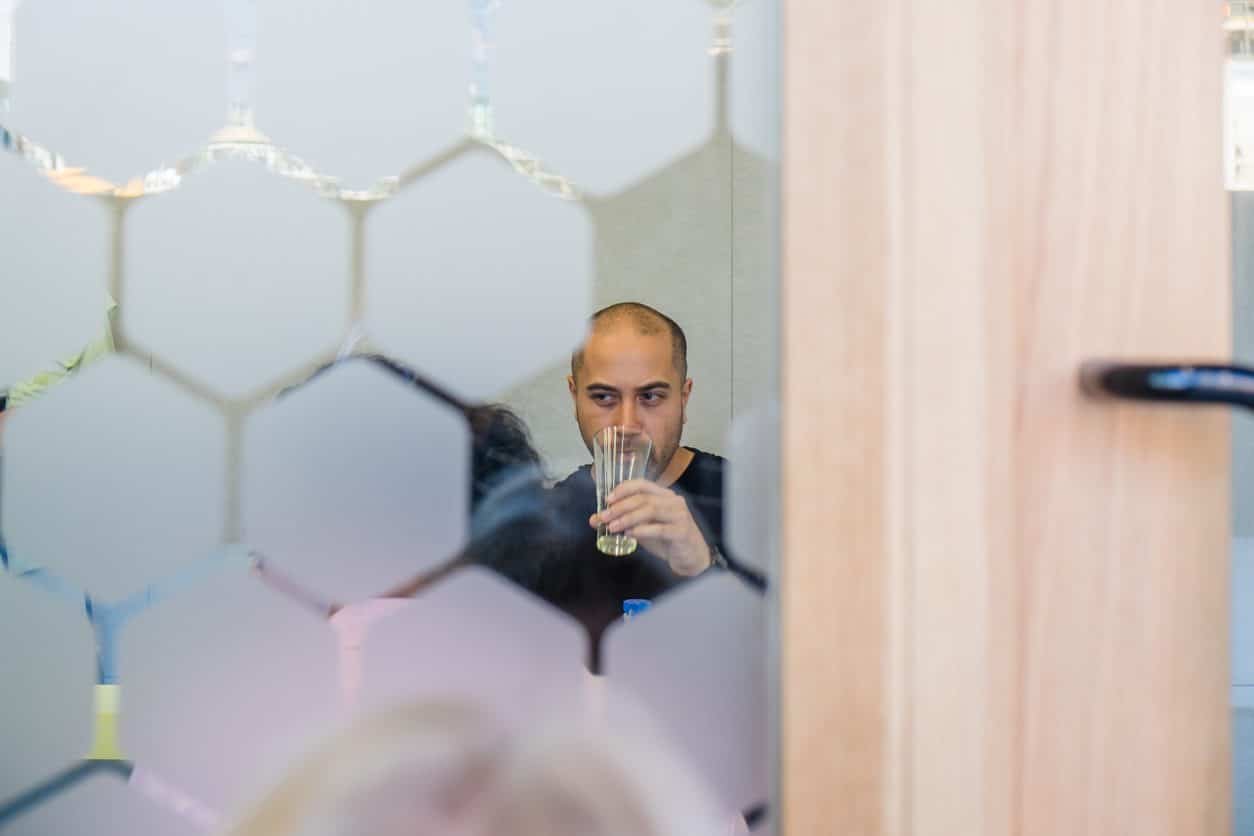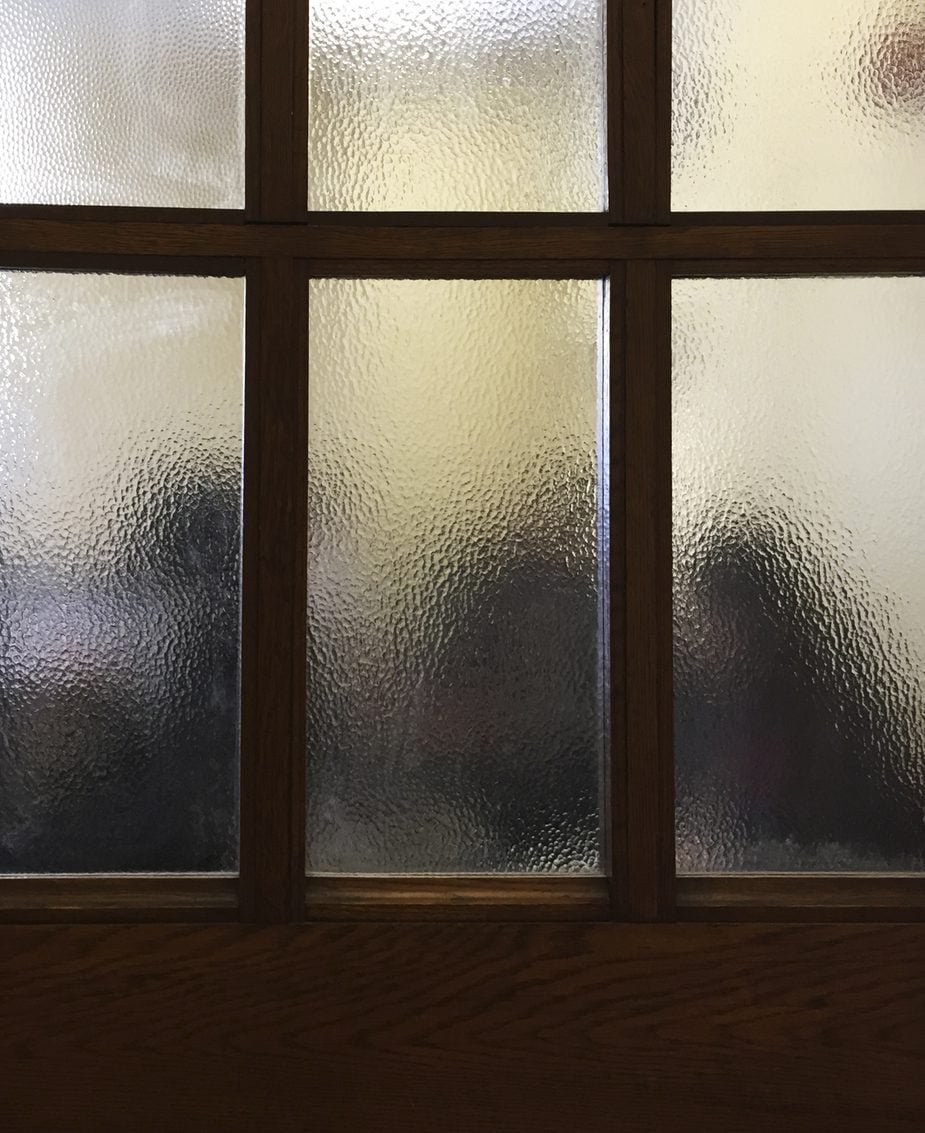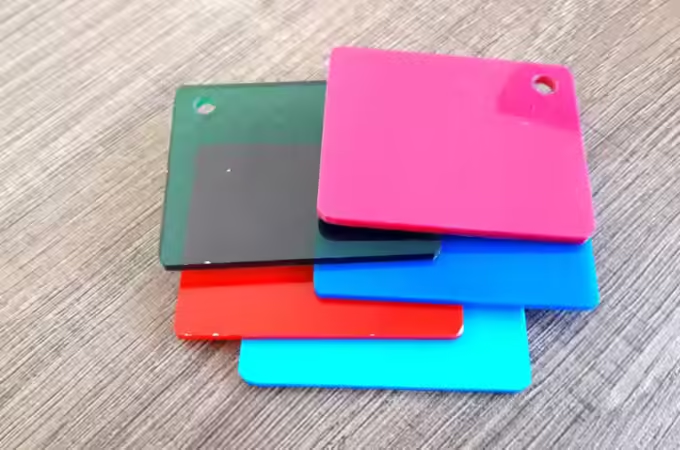
Who Uses Privacy Glass & for What?
According to windows-west.ca/locations/edmonton, privacy glass is taking center stage among other glass options, such as frosted glass. But many people remain unaware of the benefits of this high-tech product line, such as better light and energy efficiency without sacrificing privacy. Learn more about the features of these two options, below.
Table of Contents
ToggleAbout Switchable Glass
Switchable glass uses a remote control, switch, smartphone app or hand wave to change from transparency to opacity. As a result, this glass provides excellent privacy like fully frosted glass, but also offers openness when you want it.
This switchable glass works very well for a range of settings, including:
- Bathroom doors or windows
- Shower and bath enclosures
- Partitions
- Conference rooms
- Office doors or windows
- Reception doors or windows
- Changing rooms
- Projection displays
- Healthcare doors, windows and partitions
- Hospitality doors, windows and partitions
- Bank ballistic teller lines, safe deposit rooms and transaction windows
How Switchable Glass Works
When your switchable glass power is off, the glass is opaque. This occurs because liquid crystal molecules in laminated privacy film material scatter and break up incidental light. When you apply electrical current through use of the remote, switch or app, these liquid crystal molecules in the laminated film align. This enables light to pass through, clarifying the view.
The light dispersing power of polymer dispersed liquid crystal (PDLC) is adjustable. The film used on privacy windows laminates two glass panes, forming a double-paned window with the PDLC in the middle. This film consists of polyethylene terephthalate (PET) thermoplastic. It is electrically conductive, coated with indium tin oxide.

Wiring is attached to conductive busbar, a copper strip at the film’s edges, also between the two panes of glass. The wiring is powered through a connection to a step-down transformer that remains on to keep the windows clear. When you want the windows to provide privacy, you make them opaque by turning off the electrical current. At this time, the PDLC droplets form a line and make the glass appear foggy. All of these components come together under high pressure assembly and as part of a temperature controlled process.
Because of the manner in which this glass works and the control you have at your fingertips, it provides privacy when you need it. Toggling between the settings also enables you to achieve better energy efficiency on an as-needed basis. At the same time, you maintain the benefit of clear glass to provide a more open feeling, letting more light into your spaces.
Frosted Glass for Privacy
There are few styles of glass that provide the privacy, benefits and functionality of switchable glass. One of the closest options is frosted glass. Its translucence obscures views but still allows some natural light to pass through. As a result, the glass works well for privacy and light without appearing as heavy as a solid wall.
People typically install frosted glass in the same areas that many prefer switchable glass. These areas include:
- Bathroom doors or windows
- Shower and bath enclosures
- Partitions
- Conference rooms
- Office doors or windows
- Reception doors or windows
- Changing rooms
- Projection displays
- Healthcare doors, windows and partitions
- Hospitality doors, windows and partitions
- Bank ballistic teller lines, safe deposit rooms and transaction windows
You can also use frosted glass for a false ceiling, diffused lighting, cabinet doors, shelves and for customized designer panels.
Privacy Glass vs. Frosted Glass
Frosted glass provides the benefit of privacy and a sense of openness, but falls short of the many benefits of switchable glass technology. Talk to your glass contractor today to learn more about these two options and which best meets your home or office interior needs.
Mark Ligon is the Marketing Manager at a leading e-commerce store in plumbing supply. Mark focus is on DIY projects and providing creative and practical advice to individuals looking to complete DIY projects of their own





